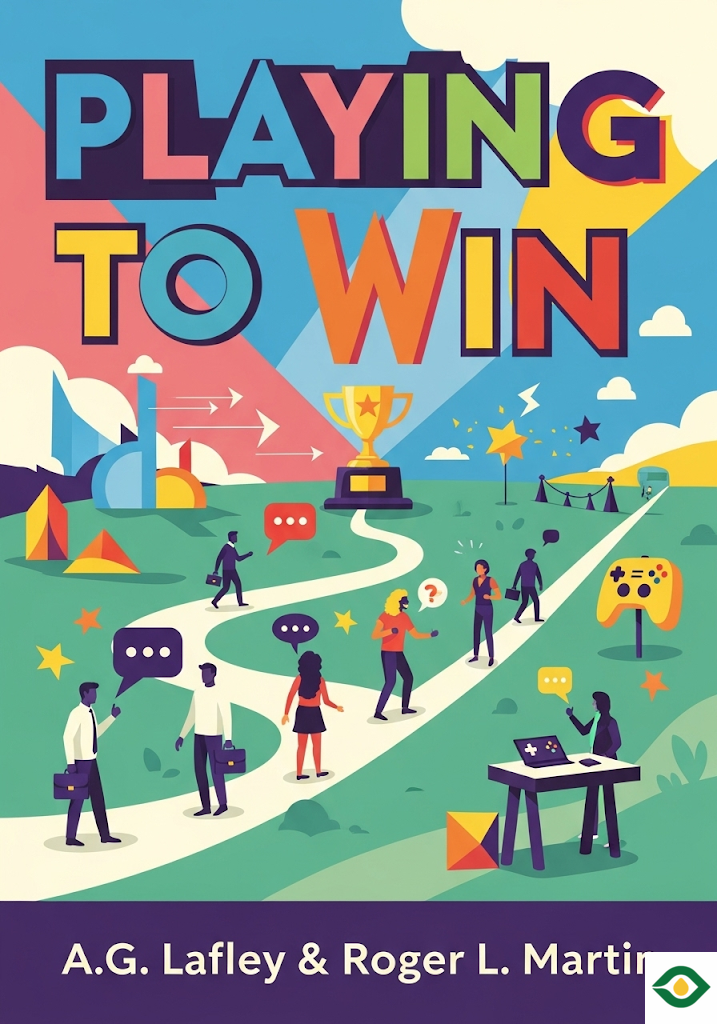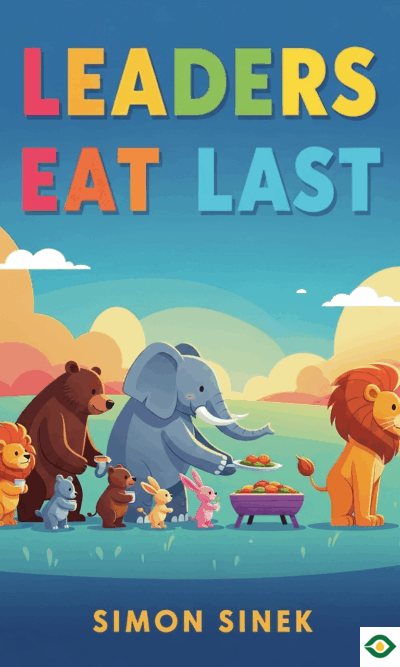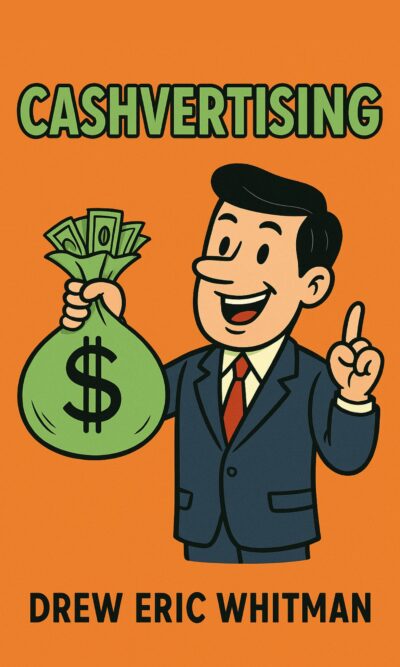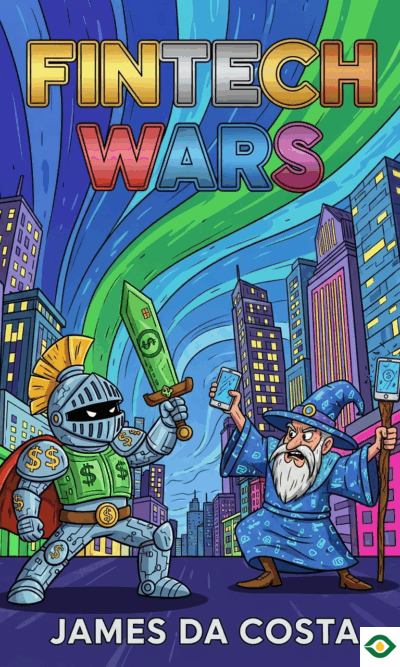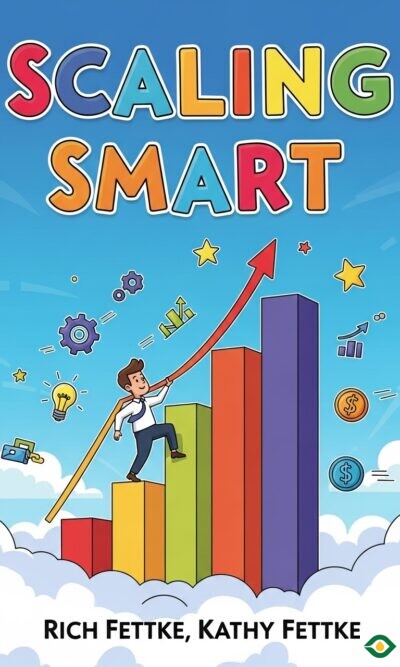Description
Success in business rarely happens by accident. It comes from making clear choices, focusing on the right opportunities, and building the strength to deliver on those choices. Playing to Win explains what strategy really means, and it shows how companies can transform themselves by following a structured way of thinking. One of the most powerful examples in the book is the story of Olay, a skincare brand that went from being nearly forgotten to becoming one of the world’s leaders in beauty.
In the late 1990s, Olay was in serious decline. The brand was once popular, but over time it became known as old-fashioned and unappealing. Sales had dropped, and it was mocked as being outdated. Its packaging looked plain, its formula felt basic, and it was stuck with a cheap price tag that made it seem unworthy of attention in a fast-changing beauty market. Customers were not excited anymore, and the company that owned it, Procter & Gamble, faced a tough decision: should they drop the brand, replace it, or try something bold to bring it back to life?
Instead of walking away, they chose reinvention. They removed the word “Oil” from its name and gave the brand a modern identity. They completely redesigned the packaging, created a new vision, and targeted a new audience. Instead of being just a basic cream for everyone, Olay began focusing on women in their mid-thirties and beyond — people beginning to notice the first signs of aging. These customers wanted quality, effectiveness, and something that felt aspirational, but still affordable.
The key was to position Olay in a new space between mass-market products and luxury items. This new middle ground was called “masstige” — mass appeal combined with prestige qualities. The new Olay wasn’t going to sell at anymore. Its new product, Total Effects, launched at . The formula was improved with stronger ingredients, the packaging was more elegant, and the brand was marketed as a trustworthy, high-quality solution for aging skin.
This bold change worked. Within a few years, Olay had turned around completely. Sales grew quickly, margins improved, and the brand expanded worldwide. It became one of the most successful skincare names in the market, showing that a struggling business can be reborn with the right strategy.
But this story is not only about skincare. It’s about strategy itself. Strategy is not just about making a plan or having a vision. It is about making choices — clear, deliberate decisions about where to compete, how to compete, and what resources are needed to succeed.
The authors describe five essential questions that form the foundation of strategy.
The first question is: What is our winning aspiration? Every business needs a bigger purpose than just “making money.” A winning aspiration describes what success looks like in the future. It gives direction and energy to everyone involved. For Olay, the aspiration was to become a global leader in skincare, not just to survive in the marketplace.
The second question is: Where will we play? No company can win everywhere. Choices must be made about which categories, customer groups, and regions to focus on. For Olay, this meant focusing on women concerned about aging, and creating products that addressed those needs directly. Instead of trying to serve everyone, they narrowed their field of play.
The third question is: How will we win? Once the playing field is chosen, the company needs a clear plan for winning against competitors. This can mean superior quality, better pricing, stronger branding, or a unique customer experience. For Olay, the answer was to create high-quality skincare products with the look and feel of luxury, but sold at everyday retail stores at accessible prices.
The fourth question is: What capabilities must be in place? A strategy can only work if the company has the right strengths to support it. That includes research and development, marketing, design, supply chain, and partnerships. Olay needed strong science to make credible anti-aging products, world-class designers to improve packaging, and smart marketing to reach the right audience.
The fifth question is: What management systems are required? Even the best strategy can fail if the organization is not aligned. Management systems ensure that resources, incentives, and measurements all support the strategy. For Olay, this meant making sure every team — from product development to advertising — worked toward the same vision of becoming a masstige skincare leader.
Together, these five questions create a simple but powerful framework. They force leaders to make tough choices. They prevent businesses from spreading themselves too thin or chasing every opportunity. They also help companies build a system where every part reinforces the other.
A key lesson from Playing to Win is that strategy is not a one-time decision. It is an ongoing process. The market changes, customer needs evolve, and competitors move. Strategy must be tested, refined, and adjusted again and again. Olay did not succeed overnight. It succeeded because it kept learning, improving, and staying consistent with its core choices.
Another important point is that strategy is not about copying others. What works for one company may not work for another. The real challenge is to create a unique path that fits the company’s own strengths and story. Olay’s turnaround worked because it was true to its heritage as a trusted skincare brand, but modernized for a new generation.
The book shows that strategy is like a series of building blocks. Each choice supports the others, and together they create a powerful structure. When businesses answer the five questions with clarity and courage, they set themselves up for long-term success.
In conclusion, Playing to Win teaches that success is about choosing, not drifting. It’s about being deliberate, not reactive. Olay’s journey from “Oil of Old Lady” to a .5 billion global brand proves that strategy can breathe life into even the weakest business. For leaders, entrepreneurs, and anyone looking to grow, the lesson is clear: define your aspiration, choose your playing field, decide how you will win, build the needed capabilities, and align your systems. Do this well, and you give yourself the best chance to truly win.

